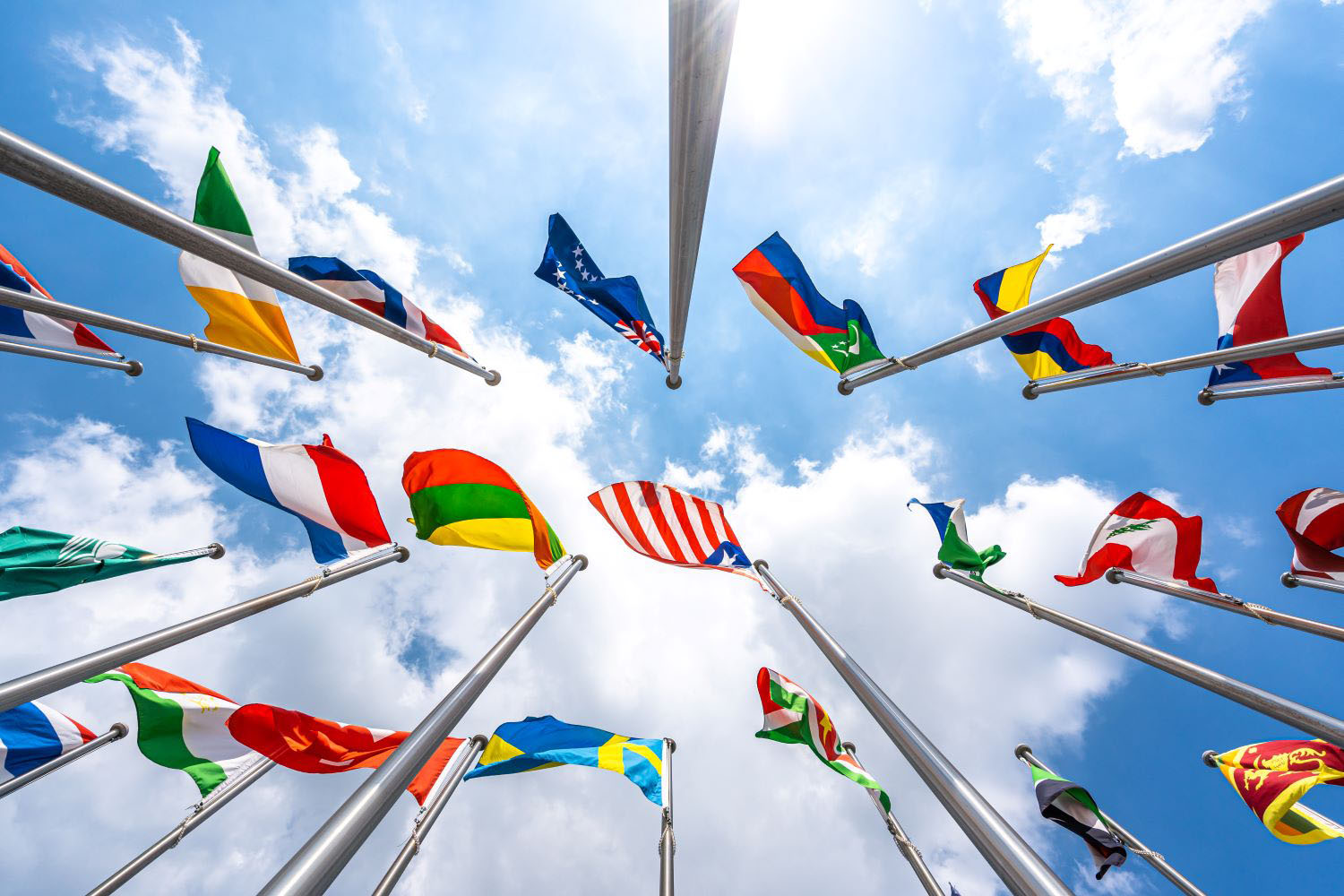The challenges of measuring and monitoring global poverty have received a lot of attention in recent times. There have been debates about the Sustainable Development Goals, as well as some more technical debates. Assessments of progress against poverty at the country level, and most decisions about how best to fight poverty within countries, do not require global poverty measures. Nonetheless, such measures are important to public knowledge about the world as a whole, and they help inform the work of development agencies, including in setting targets for overall progress.
In a new working paper I discuss three current issues that are specific to global poverty monitoring, and propose some solutions.
The first relates to one of the main sources of dissatisfaction with prevailing poverty measures that use a constant real line, namely that they do not take account of the concerns people everywhere face about relative deprivation, shame and social exclusion; these can be termed social effects on welfare. To some extent the fact that higher national lines are found in richer countries reflects these social effects on welfare. But the differences in national lines also reflect to some extent more generous welfare standards for defining poverty in richer countries.
Yet we can all agree that we need to use a consistent welfare standard in measuring poverty globally. We need to be reasonably confident that people we judge to have the same level of welfare—the same capabilities for example—are being treated the same way wherever they live. Amartya Sen put the point nicely: that “…an absolute approach in the space of capabilities translates into a relative approach in the space of commodities.” But when we think about how best to do that, we run into the problem that we do not know whether the higher lines in richer countries reflect differences in the incomes needed to attain the same level of welfare, or (instead) that they reflect higher welfare standards in richer countries.
The paper argues that two global poverty lines are needed—a familiar lower line with fixed purchasing power across countries and a new upper line given by the poverty line that one would expect given the country’s level of average income, based on how national poverty lines vary across countries. The true welfare-consistent absolute line lies somewhere between the two bounds. By this approach, to be judged “not poor” one needs to be neither absolutely poor (independently of where and when one lives) nor relatively poor (depending on where and when one lives).
The second problem is an evident disconnect between how poverty is measured in practice and the emphasis given in social policy and moral philosophy to leaving none behind. For example, a 2013 report initiated by the U.N. on setting the new SDGs argued that: “The indicators that track them should be disaggregated to ensure no one is left behind and targets should only be considered ‘achieved’ if they are met for all relevant income and social groups.” But how do we know if none are being left behind? To assess whether the poorest are being left behind one needs a measure of the consumption floor. Here there is a severe data constraint, namely that a low observed consumption or income in a survey could be purely transient, and so unrepresentative of permanent consumption.
However, I have shown that a more reliable estimate of the consumption floor can be derived from existing measures of poverty under certain assumptions. This can be readily implemented from existing poverty data, and it provides a rather different vantage point on progress against poverty. While the developing world has made much progress in reducing the number of poor, there has been very little progress in raising the consumption floor above its biological level. In that sense, the poorest have been left behind. Progress against poverty should not be judged solely by the level of the consumption floor, but it should not be ignored.
Finally, the paper reviews the ongoing concerns about the current Purchasing Power Parity (PPP) exchange rates from the International Comparison Program (ICP). (See, for example, the CGD blog post here, and the comments on that post; my new paper addresses this debate.) The days are (thankfully) gone when the community of users simply accepts without question the aggregate statistics produced by publicly-funded statistical organizations like the ICP. Recurrent debates about the ICP’s results have been fueled in part by poorly-understood methodological changes and in part by the ICP’s longstanding lack of openness, notably in access to primary data.
Calculating PPPs that are appropriate for global poverty measurement using ICP price data is not exactly easy, but nor is it the hardest task imaginable as long as researchers have access to the data. There are also options to using ICP prices, although further testing is needed on their performance. Even staying with the ICP, adjustments will be called for, such as to deal with urban bias in the price surveys. Going forward, better price-level comparisons for the purpose of measuring poverty, including sub-national analysis, require re-estimating the PPPs from the primary data. If the ICP is to continue to be a valuable resource, it needs to make public the primary data to facilitate such calculations.
Each of the paper’s proposals for addressing these problems could undoubtedly be improved upon and refined if there is enough agreement that effort is needed to develop better global poverty measures along these lines. That effort is justified if our global measures are to continue to have relevance in global public knowledge, and to international policy making and poverty monitoring.
Disclaimer
CGD blog posts reflect the views of the authors, drawing on prior research and experience in their areas of expertise. CGD is a nonpartisan, independent organization and does not take institutional positions.





